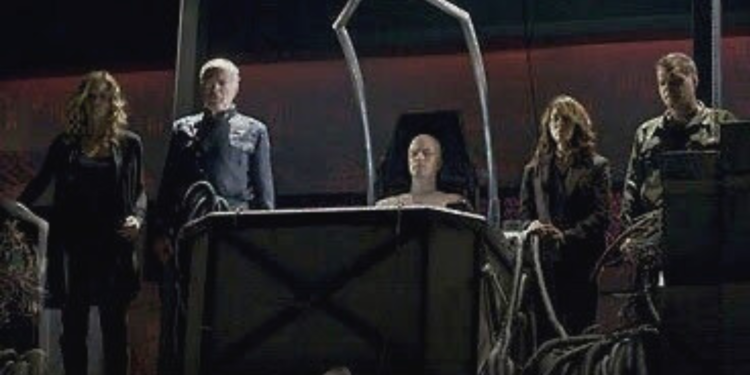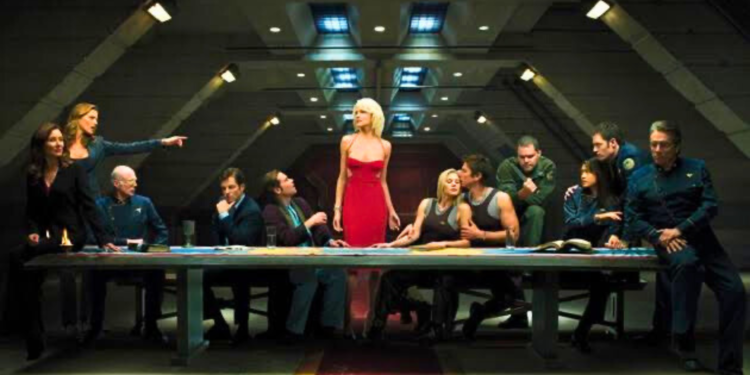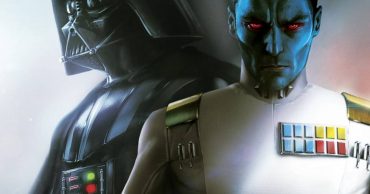Battlestar Galactica, despite some narrative hiccups, has maintained its influence in popular culture. Its exploration of themes such as morality, identity, and survival continue to resonate with audiences, while its richly detailed universe serves as an inspiration for science fiction creators today.
However, while Battlestar Galactica remains an iconic series, it also serves as a reminder that even the most successful shows aren’t immune to missteps. Every decision, from character development to plot twists, can have far-reaching implications, and this is particularly true for serialized storytelling. As we look back on the series, it’s important to appreciate both its triumphs and its stumbles, as both contribute to its storied legacy.
How The Final Five Created A Battlestar Galactica Problem

A shining example of poor Final Five Cylons comes in the creation and subsequent handling of the Cylon mythology. When the series began, there was a clear plan in place: the creation of twelve distinct Cylon models, with the character of Boomer designated as the eighth. At this early stage, the concept of the Final Five – a quintet of Cylons distinct from the others – had not yet germinated in the minds of the showrunners. That said, as the narrative evolved, the introduction of the Final Five Cylons became a pivotal point in the series.
This unexpected twist, while enriching the narrative on one hand, complicated matters on the other. The numbering of the Cylon models became problematic, particularly when Number Eight, Boomer, was taken into account. Confronted with this narrative conundrum, the show’s writers had to find a way to reconcile the existence of the Final Five with the numbering of the earlier models. Their solution was to subtly expand the Cylon count to thirteen and explain that the seventh model had been lost to time. While this narrative maneuver resolved the immediate issue, it underscored the intricate complexities of long-term serialized storytelling and the unforeseen challenges that can emerge from narrative evolution. The tale of the Final Five, and the reverberations of their introduction, serve as a compelling testament to the ambitious storytelling of Battlestar Galactica and the narrative intricacies of its Cylon mythology.
The Biggest Fan Theories About Number Seven And The Cult Of Daniel

As often happens in the realm of speculative fiction, fans of Battlestar Galactica developed their own theories to fill in the gaps left by the writers. When it was revealed that the missing seventh Cylon was named Daniel, a flurry of conjecture arose. Given his mysterious absence and the significance of his model number within the Cylon hierarchy, many fans conjectured that Daniel was a key piece of the narrative puzzle. A popular theory that emerged was that Daniel might be the father of Kara Thrace, also known as Starbuck, one of the Battlestar Galactica’s main characters. This theory was fueled by the enigma surrounding Daniel’s disappearance and the narrative void concerning Starbuck’s parentage. Yet, the fan-generated hype and speculation surrounding Daniel were ultimately misplaced.
Daniel, as it turned out, was not a central figure in the series. Instead, he was a narrative tool—a MacGuffin—used by the writers to solve the numerical issue created by the introduction of the Final Five. Contrary to fan expectations, Daniel did not serve as the linchpin for a major plot twist or a significant reveal. Despite fan expectations, the character of Daniel did not deliver a big reveal or substantial twist. The eventual lack of payoff led to disappointment among fans, and series creator Ronald D. Moore felt compelled to publicly address the matter, confirming that no significant revelation about Daniel was forthcoming. This clear disconnect between fan speculation and narrative reality further highlights the problems stemming from the show’s initial lack of planning.
So there you have it, we recognize Battlestar Galactica not just for its triumphs, but also for its narrative missteps. Each plot twist, each character arc, and each storytelling decision, successful or otherwise, contributes to the series’ enduring legacy and its standing as a significant touchstone in science fiction television. The saga of the Final Five is a compelling reminder of the high-stakes gamble of serialized storytelling, illuminating the path for future narratives in the genre.
 Follow Us
Follow Us





